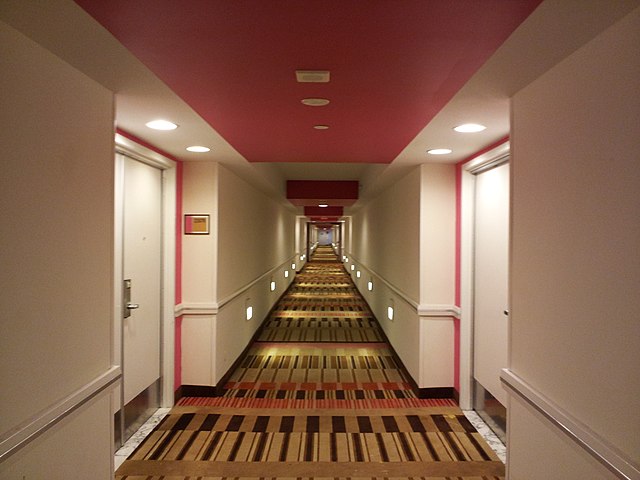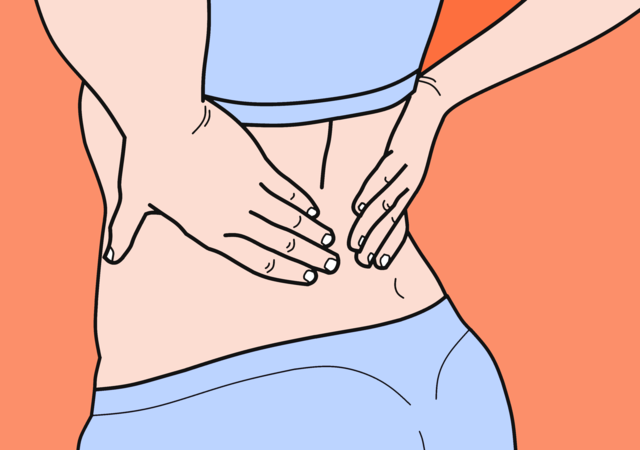
I’ve long been fascinated by lonely, empty, forgotten spaces.
Like the dark, little cubbyhole underneath the stairs, the mysterious attic, or the quiet hush of the bedroom that hasn’t been entered in years.
I think it’s the stillness. The natural pause you find in such places.
I suspect this is because I’m an introvert. Crowds overwhelm me, but give me a quiet place, with nothing but the sound of faint birdsong and the wind in the trees, and I’m immediately at home. I can actually feel my nervous system down-regulating.
In art, this place of emptiness is called negative space. It’s that white, empty area in between objects that seems meaningless, but is actually what gives art its form and style.
In yoga, it’s the space between poses. We think that nothing is happening during this time, but in actuality, everything is happening. We are shifting, we are moving. We are attempting to shape ourselves into a new pose, and in doing so, we are falling into old patterns of perfectionism, or inattention. We begin to lose focus.
This is the part of yoga practice, and of life, that we tend to disregard. But maintaining our presence and our focus in this empty, negative space is really the goal.
I’ve found myself stuck in just such a place over these last few weeks. A small muscle injury that I paid little attention to gradually became bigger more involved the longer I ignored it. Now I’m paying dearly for my lack of focus.
I had intended to enter the year 2024 full of energy and activity. Instead, I’ve found myself unexpectedly shelved.
In the beginning, I railed against my new confines. Frustrated and frightened, I contracted into a small ball of irritability. I couldn’t see my way through. Everything became tight and tense. But then things started to change.
I was able to enter the space between.
Although it may seem like nothing, this place of in-between holds great meaning. How we choose to navigate it can determine the quality and course of our lives.
In literature, this space is often referred to as the liminal space. It’s a place of transition. It’s the doorway that leads we know not where.
It’s Frodo walking the lonely, treacherous path towards Mount Doom. It’s Luke Skywalker flying to the empty, swamp-covered planet of Dagobah. In entering these liminal spaces, characters leave their old selves behind and begin their walk towards something new.
The liminal space is frightening. First of all, it is usually entered after a period of loss, or of death. It’s Frodo realizing that the entire world is threatened by the wrath of Sauron. It’s Luke Skywalker, driven away from Tattoine by the murder of his aunt and uncle.
Secondly, the liminal space is confusing. You feel lost. You will fail here. It’s an area of cognitive dissonance. The rules that you once lived by no longer apply. You have become a stranger in a strange land. Essentially, you are a caterpillar entering a cocoon. Yes, a butterfly will eventually emerge, but we sometimes forget that the process starts with the death of a caterpillar.
It’s a beautiful process. Or it can be. But in order to succeed, in order to come out on the other side in one beautiful piece, you will need a compass.
And that compass is yourself.
I think it’s easy to enter one of these empty, liminal spaces and just shut down. The emotions are too high. The fear is too intense. Nothing makes sense anymore. In order to cope, you can start to numb yourself with food, or TV, alcohol, or drugs. But the longer you distract yourself, the more extended and painful the process of transformation will be.
That’s why it’s very important to pay attention. To check in with yourself often and take note of how you’re feeling. What delights you here? What doesn’t? What can you do to make your heart soar? What causes your gut to tighten? Allow yourself to feel everything. As frightening and discouraging and bewildering as it may be, find a way to stay present.
When I unexpectedly found myself in the space between, I became contorted and depressed. Unable to follow my usual yoga practice, I felt adrift, uncertain, and without anchor. It took me awhile to find a new rhythm. But eventually, I was led back into a regular meditation practice, and re-learned, once again, how to stay present with my strong and difficult emotions.
In the process, I wouldn’t say I’ve become a butterfly. But I have become more comfortable in this new and unfamiliar land. I’ve rediscovered my strengths. I’ve relearned humility and patience.
Once again, I’ve discovered the serenity of the space between. And although it’s a place I’d rather not be, I’ve managed to find joy in the stillness and quiet here. I’ve leaned in strongly towards my fear and discomfort, and managed to make it my home.

